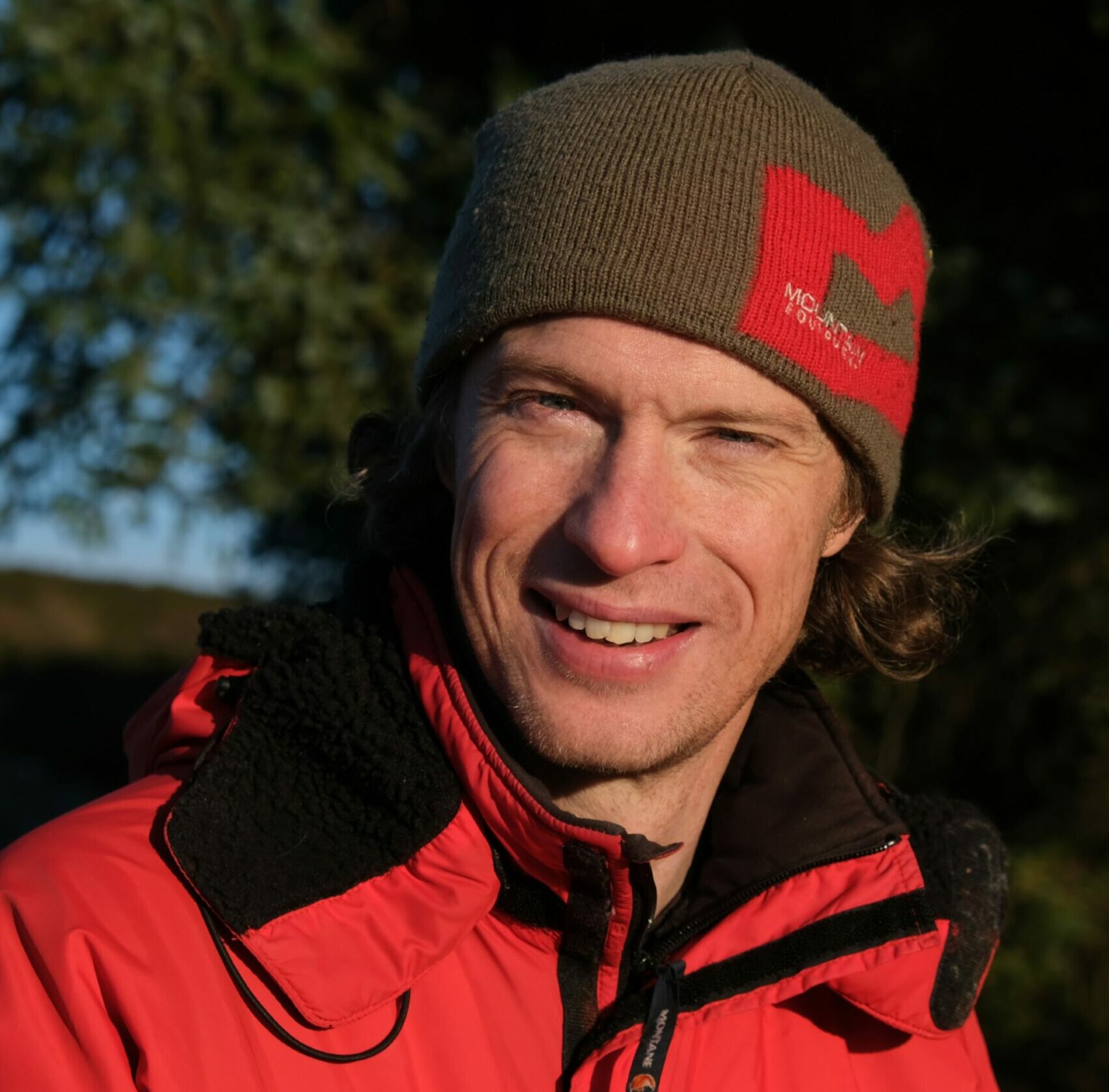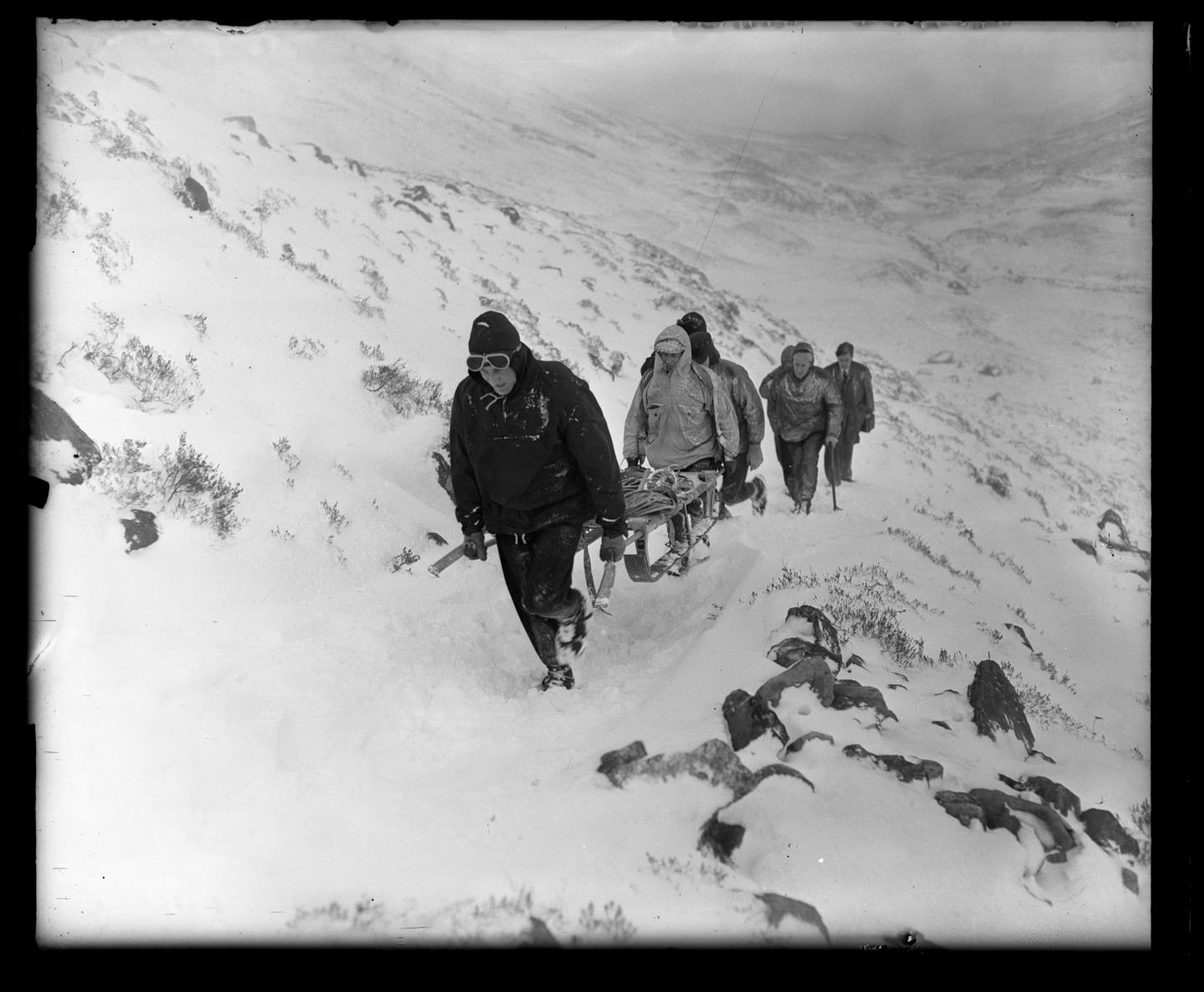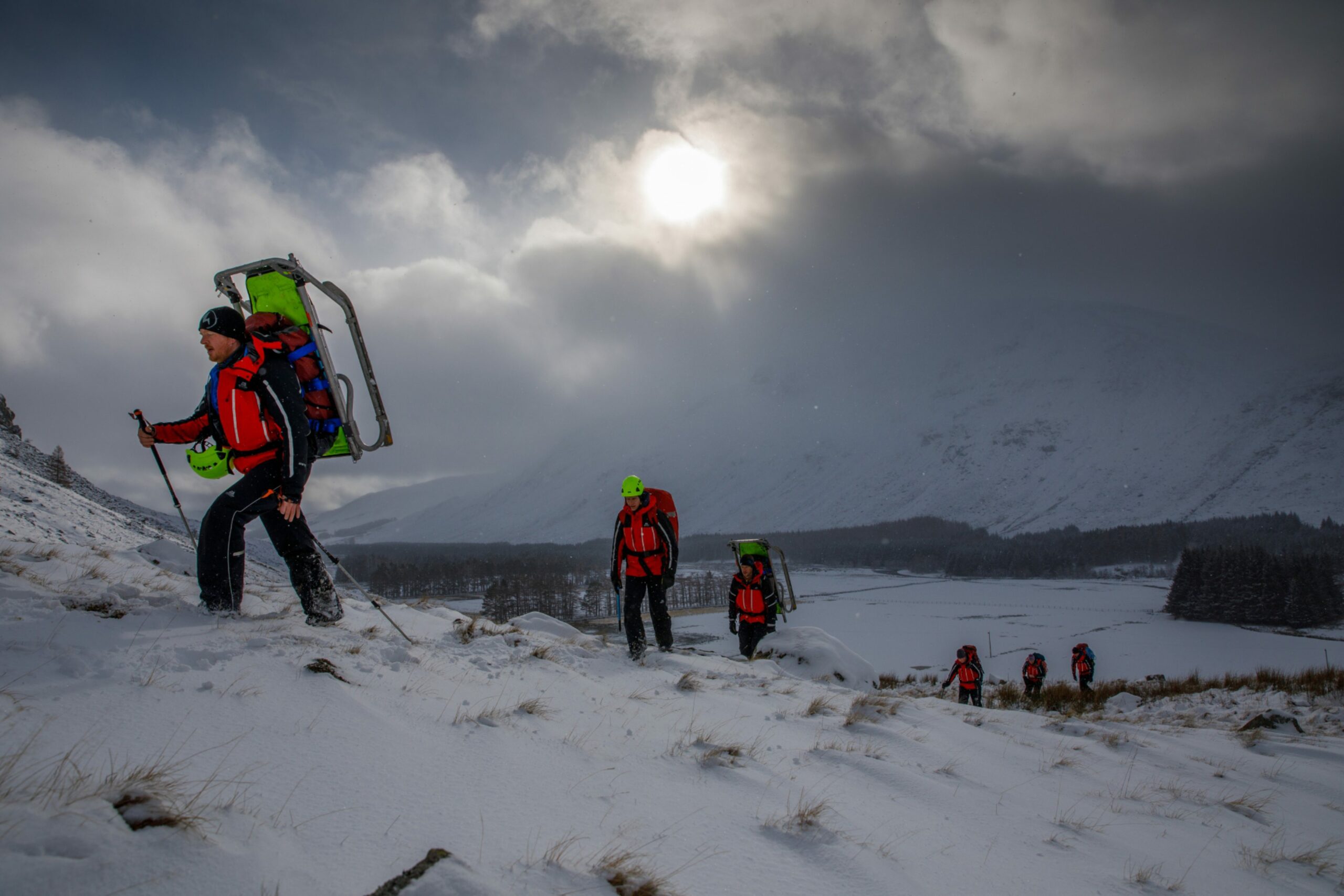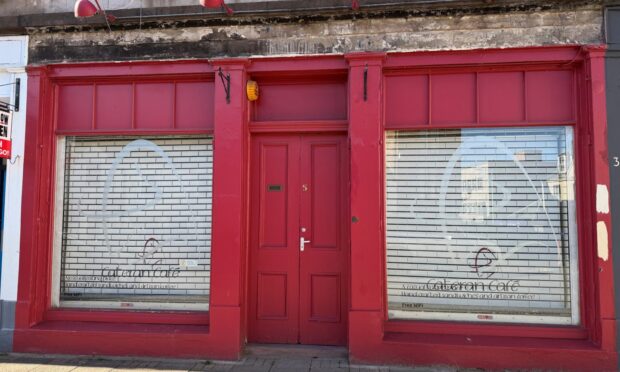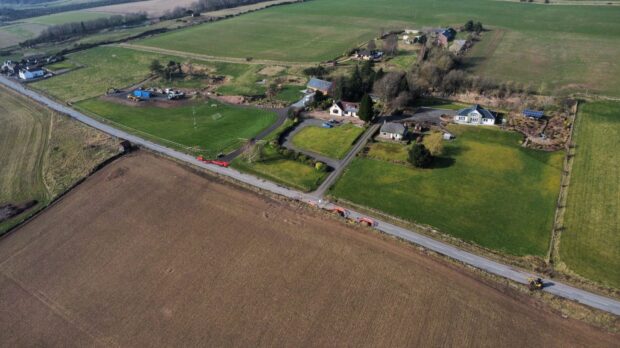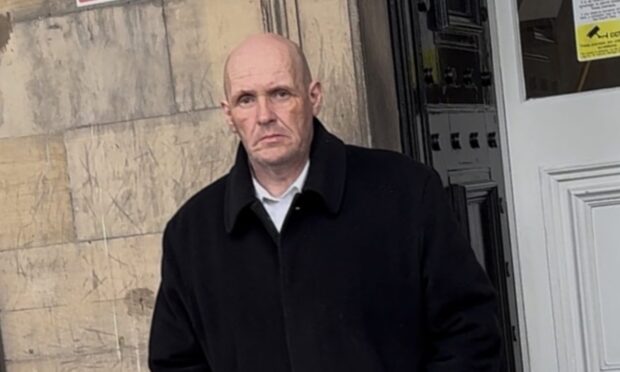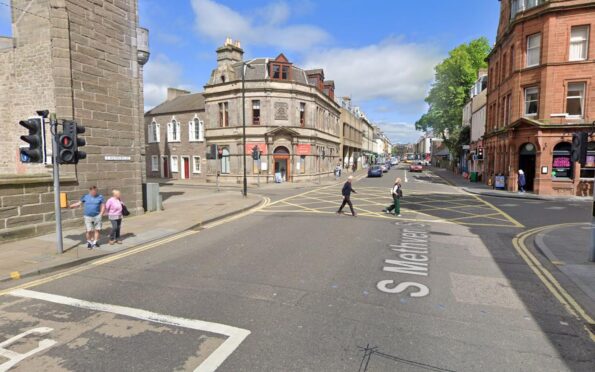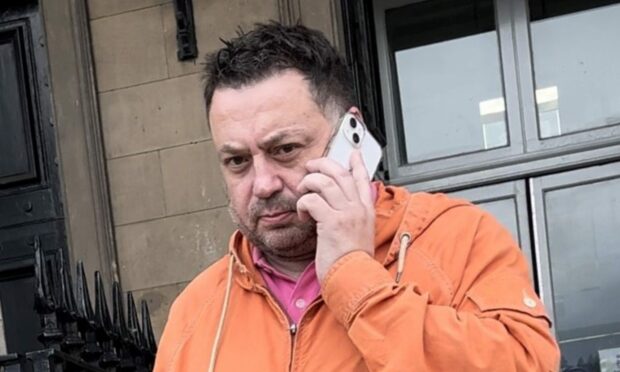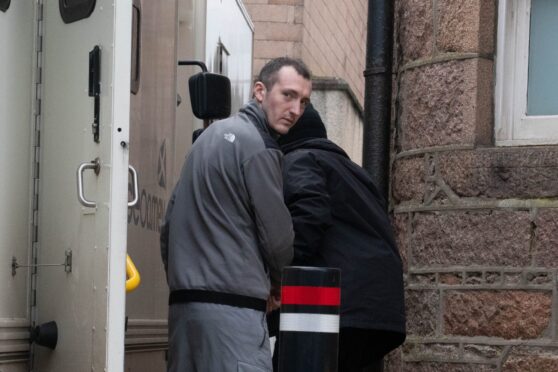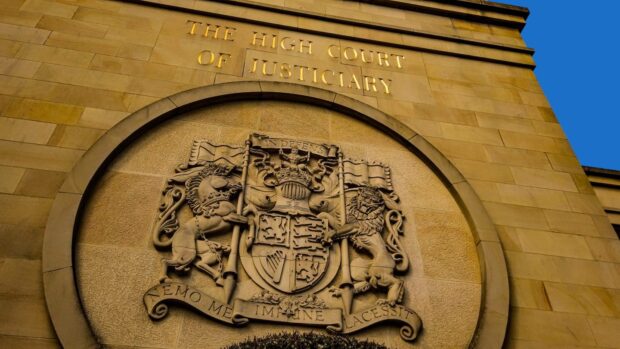The thrills of summiting a Munro, mountain biking on remote tracks and skiing off piste are converting ever increasing numbers of us into outdoor addicts.
But even the most experienced adventure seeker can stumble, take a wrong turning in bad weather or make a mistake which can transform a memorable day into a terrifying life-or-death ordeal far beyond the reach of any ambulance.
And for the last 50 years, when it has all gone wrong in Perthshire, Tayside or Angus, members of the Police Scotland (Tayside) Mountain Rescue Team (MRT) have dropped everything and put their own safety on the line to go to the aid of lost or injured people in the outdoors.
The demand for help in the hills is growing year-on-year, and in Tayside alone annual callouts have jumped from a traditional average of 45 calls to more than 80 last year.
Our new documentary, Callout, shines a spotlight on the region’s dedicated police team and its sister team of civilian volunteers who venture out in any weather, at any time, 365 days a year.
The video also celebrates the love these men and women have of Scotland’s stunning landscapes and the camaraderie which binds them in the toughest of environments.
Featured in the video, which you can watch above, are a number of past and present team members including:
-
Paul Morgan, leader of the police mountain rescue team in Tayside.
-
Graham Penny, leader of the volunteer Tayside Mountain Rescue Team
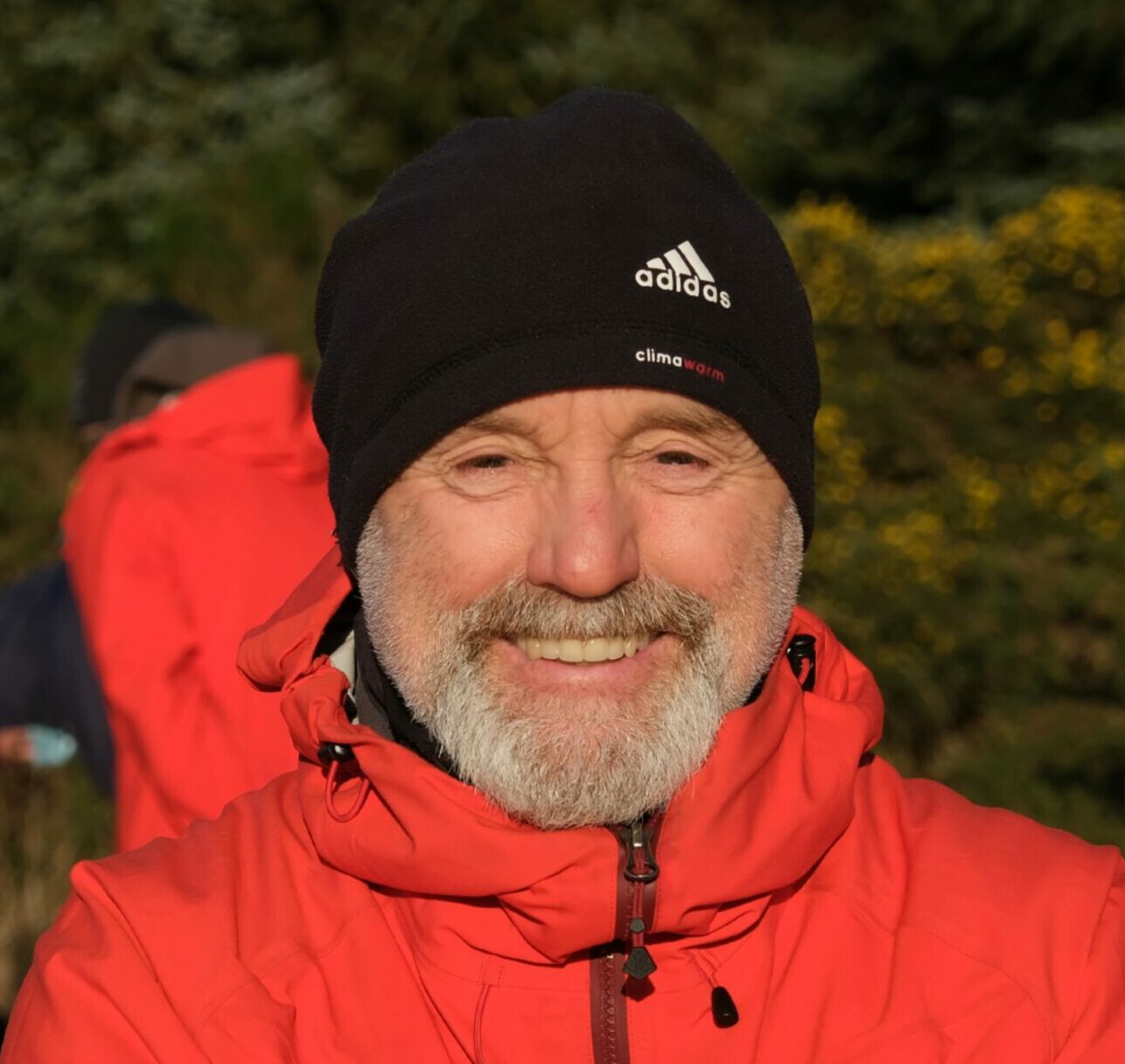
-
Peter Lorrain-Smith, Police Scotland National Liaison Officer
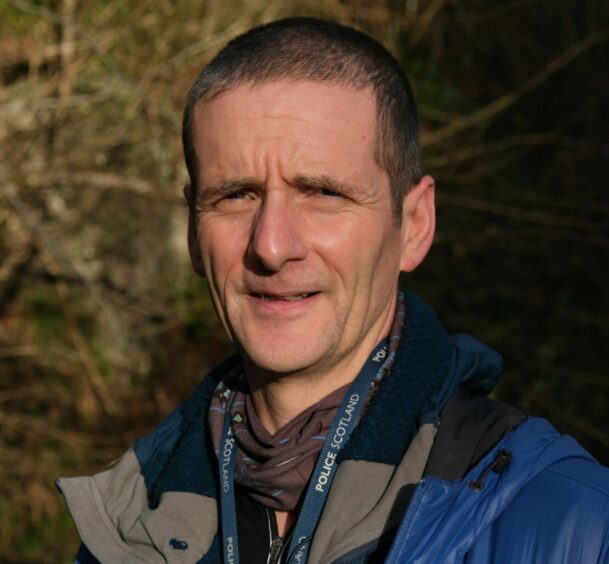
When was the Police Scotland (Tayside) Mountain Rescue Team formed?
The impetus for the formation of the unit came in the wake of the notorious Jock’s Road disaster of 1959 when five men perished on a what turned out to be a stormy New Year’s Day walk between Braemar in Deeside and Glen Doll in Angus.
Such was the depth of the snowfall it took 10 weeks for the makeshift team of police officers, gamekeepers, public volunteers and the RAF mountain rescue service to recover all the bodies.
The difficulty of the operation and scale of the effort underlined the need for a new approach to hill search and rescue, which until then had been the preserve of volunteers and members of hillwalking groups.
However, just as more people were discovering the hills, remote estates were beginning to reduce staff numbers, leading to fewer knowledgeable people being available to assist local police officers.
By 1960 official reports on the Jock’s Road tragedy had been fully digested, and the UK’s first police MRT was founded in Aberdeenshire.
In 1971 Tayside Police followed suit, although one of the members of that original cohort of 12 enthusiastic hillwalkers points out they didn’t feel equipped to call themselves a team until 1972, after they had spent a week being put through their paces on Ben Nevis by Lochaber MRT.
In 1976 another infamous hill tragedy was the catalyst for the formation of a second Tayside mountain rescue team, made up of a group of civilian volunteers.
How many people are in the teams?
The police team has 16 members and the volunteer team, Tayside Mountain Rescue, has 35 members. The police are legally in charge of rescues, but the two teams train together and operate as a unit when on the hill.
What area of Scotland does the mountain rescue team cover?
It covers the vast 2,903 square miles of the region that stretches from the Lomond hills to Kinloch Rannoch, Drumochter, and the high country boundary between Angus and Grampian, as well as waterways including Lochs Tay, Lyon, Rannoch, Ericht and Earn. There are MRT bases in Blairgowrie, Aberfeldy and Dundee.
How is it funded?
Police Scotland fully supports its own team and the volunteer team is funded entirely by public donations.
Can I donate to the volunteer Tayside Mountain Rescue team?
Yes. You can donate here. A recent £10,000 donation from from The Enchanted Forest Community Trust helped the vounteer team to buy a state-of-the-art rescue vehicle which will help save lives in rural Tayside.
For more information, visit the Scottish Mountain Rescue website or the Tayside Mountain Rescue website.
